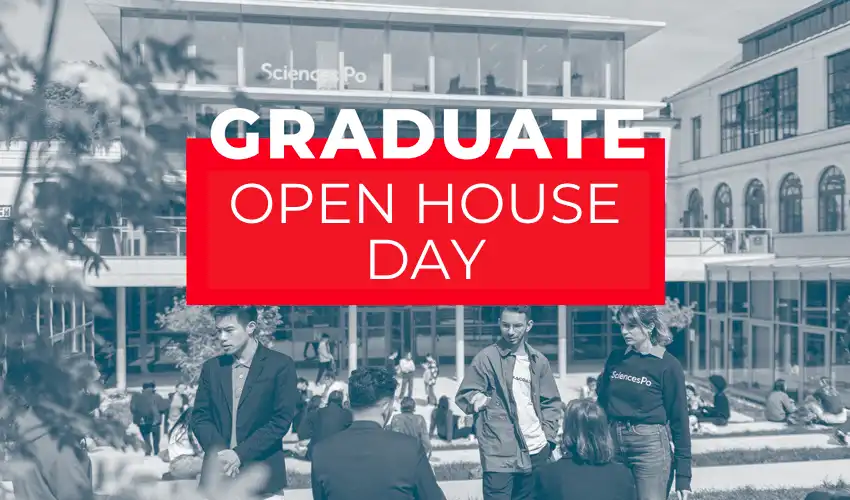Home>Back-to-school Week 2024

04.09.2024
Back-to-school Week 2024
August 26-30 saw the start of the new academic year, a week dedicated to welcoming new first-year Master's students. Events included a presentation of the Urban School Lab and last year's group projects, the inaugural conference and tours of Paris and its suburbs.
Students went out into the field, accompanied by urban professionals, to discover a region or a project related to their master's degree. Photographs taken during these excursions were used to produce a visual report.
Students benefit from the support of a professional photographer who guides them in using photography to decipher urban landscapes and their social realities.

The Paris Left Bank district
This year, half of the Urban Planning programme’s new class visited the Zone d'Aménagement Concerté "Paris Rive Gauche", Paris's largest contemporary development area. To date, nearly 20,000 inhabitants, 60,000 jobs and 30,000 students/researchers live in this contemporary district in the 13th arrondissement.
The tour, guided by Daniel Monello from the City of Paris' Urban Planning Department, looked back over more than thirty years of Parisian urban planning. Initiated in the early 1990s with the construction of the Bibliothèque Nationale de France, the Paris Rive Gauche operation has continued with the construction of residential and office buildings. The main thoroughfare is the Avenue de France, built on a slab overhanging the railroad tracks. The objectives of the new district have evolved in line with various urban planning doctrines: from the construction of a business district around the Gare d'Austerlitz, a "Défense de l'Est Parisien" desired by Jacques Chirac, then Mayor of Paris, to the arrival of a university hub and a greater emphasis on green spaces. Today, the focus is on the Bruneseau sector, marked by the Duo towers designed by Jean Nouvel (two emblematic buildings forming a large V, one 180 m high) on the boundary with the town of Ivry sur Seine. In this last development sector, near the ring road, a project for a mixed, dense and highly vertical district has been called into question with a view to the adoption of the Plan Local d'Urbanisme Bioclimatique by the City of Paris. Today, the project is more sober, less high, sensitive to environmental health issues, and emphasizing recreational and commercial functions.

The Trapèze Eco-district: risk management and landscape of a riverfront
Located opposite Île Seguin, the Trapèze runs along the Seine and extends over approximately 74 hectares. It is one of the largest labeled eco-neighborhoods in France. The Trapèze eco-district is restructuring the industrial wasteland left by the former Renault factories and presents innovative architecture. The redevelopment project aims to create a residential and commercial district. One issue that governed the development of the site was to limit the risks of flooding linked to heavy rains and flooding of the Seine.

Programme complet des visites 2024
• The urban forest, Place de la Catalogne (Paris, 14e arrt.)
• District of the Courtillières at Pantin (93)
• The Atlantis development project in Massy (91)
• La Noue-Malassis Bagnolet/Montreuil: A sector undergoing urban renewal, an area of urban sports planning
• Paris-Saclay urban campus: the challenges of one of Ile-de-France's major development projects
• Geothermal plant « GeoMarne »
• The Trapèze Eco-district: risk management and landscape of a riverfront
• Césure, third place by Plateau Urbain and Yes We Camp (Paris, 5e arrt.)
• QPV of the Hautes Noues l’Escale (Espace socio-culturel d’aide à l’emploi), Villiers-sur-Marne (94)
• Housing and development at Epinay-sur-Seine (93)
• L’éclair, third place by Bis. Souk machines (Epinay-sur-Seine)
• Crimée / La Villette district (Paris, 19e arrt.)
• Petite ceinture de Paris (Paris, 20e arrt.)
• La Défense, business district (Nanterre)
• Cité Pablo Picasso, ZAC Seine d’Arche, Nanterre (92)
• La Boulangerie, emergency housing center (Paris, 18 arrt.)
Virtual Graduate Open House day, October 2025

On 18 October 2025: meet faculty members, students and representatives and learn more about our 30 Master's programmes.